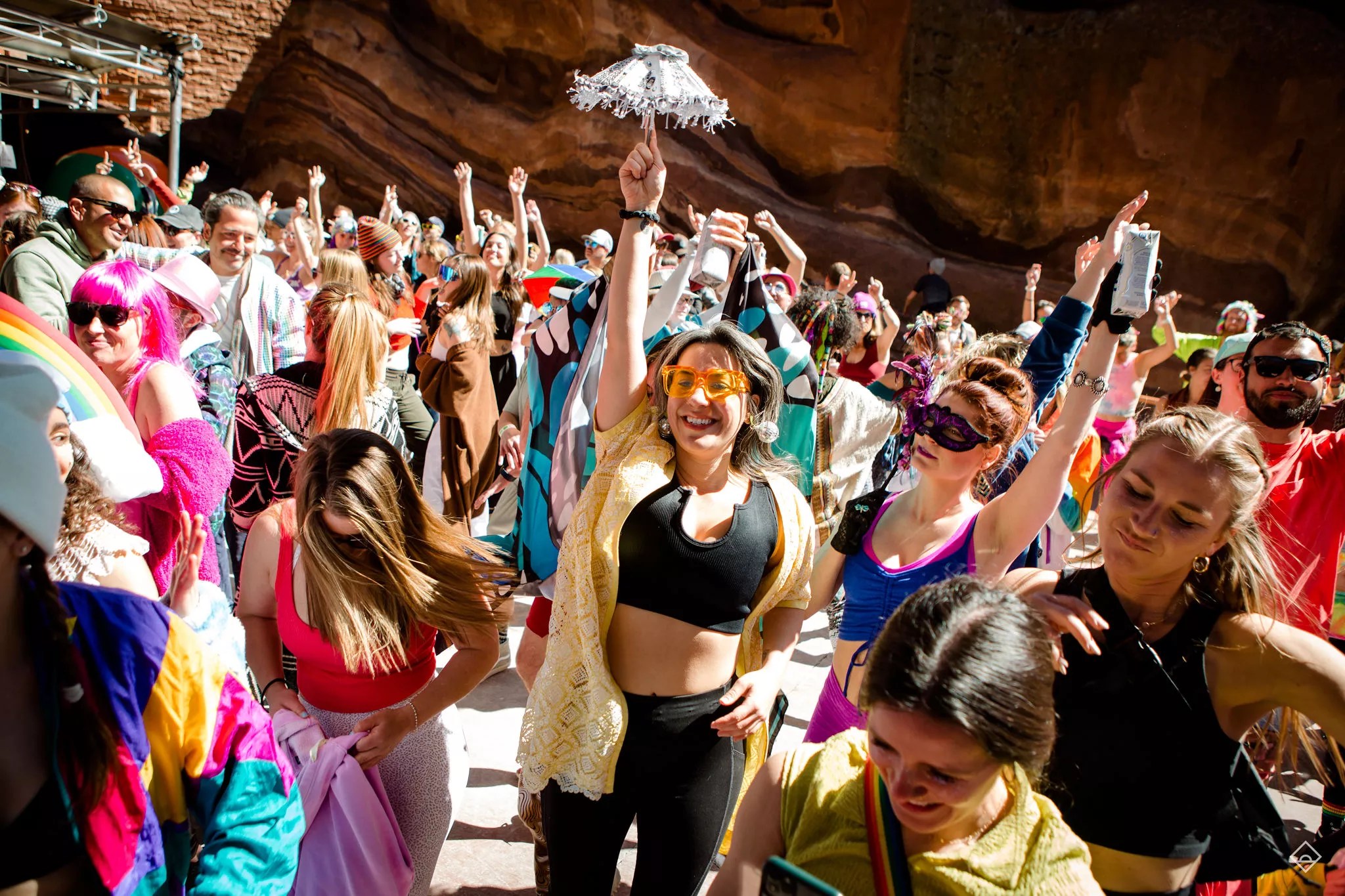
Gabrielle Demmer

Audio By Carbonatix
For twenty years, the legend of “Menver” has lured single women to the Mile High City with promises of a male-heavy dating scene. But that fantasy is no more. The myth of “Menver” is dead.
In 2000, there were approximately 13,000 more men than women between the ages of eighteen and 35 in Denver County, according to data from the State Demography Office. By 2020, the county had only 800 more young adult men than young adult women. Today, there are 1,600 more women than men in that age group living in Denver, according to the state.
“It’s done a complete flip-flop,” says Elizabeth Garner, Colorado’s recently retired state demographer. “Maybe not good news for folks.”
Denver’s new female dominance does not align with the rest of the state, however. In 2000, there were 61,000 more young adult men than women statewide. Men hit their lowest majority in 2010, when there were 43,000 more men than women, but that number has since climbed back up to 50,000 this year.
This year, make your gift count –
Invest in local news that matters.
Our work is funded by readers like you who make voluntary gifts because they value our work and want to see it continue. Make a contribution today to help us reach our $50,000 goal!
The “Menver” phenomenon was first reported in Westword back in 2006, when twenty-something transplants coined the term to describe their anecdotal experience with the city’s singles market. Eight years later, Pew Research named Denver the second-best place for women to find eligible bachelors, with reportedly 101 single employed men for every 100 single women at the time.
The “Menver” reputation could have attracted so many women to the city that they ultimately outnumbered the men they hoped to find; the “Menver” story was pervasive enough to inspire a low-budget 2018 TV movie and, recently, help bring dating shows like Married at First Sight and Love Is Blind to film in the Mile High City.
But Garner has a different idea for what caused Denver’s gender balance to flip.
“It has nothing to do, necessarily, with Denver specifically. [The gender balance] is basically driven by the jobs that are here,” she explains. “Colorado used to have a lot more oil and gas industries, and a lot of their headquarters were in Denver. That drove the male population.”
While those jobs have diminished in the city, other industries still popular in Colorado maintain the male-heavy population statewide, she says: “Colorado has a higher concentration of professional business service industries; the high-tech, finance, legal, engineering industries. They end up being some of the industries that have a high concentration of men.”
Colorado is also experiencing a slowdown in migration. So as Denver residents typically move out of the city when they get older, there is simultaneously a smaller incoming group of young adults to take their place.
“Denver is very unique in terms of its migration pattern. People tend to move into Denver in their twenties to thirties, and then they tend to leave,” Garner says. “A lot of that has to do with the housing stock in Denver. It has more units that are for rent than for purchase. So if you want to settle down, buy a home, then you tend to have to move to another county.”
“Maybe [the men] left the city and went to one of the surrounding counties,” she suggests.
Sorry, single ladies.